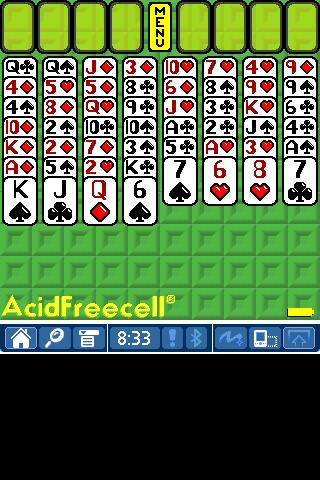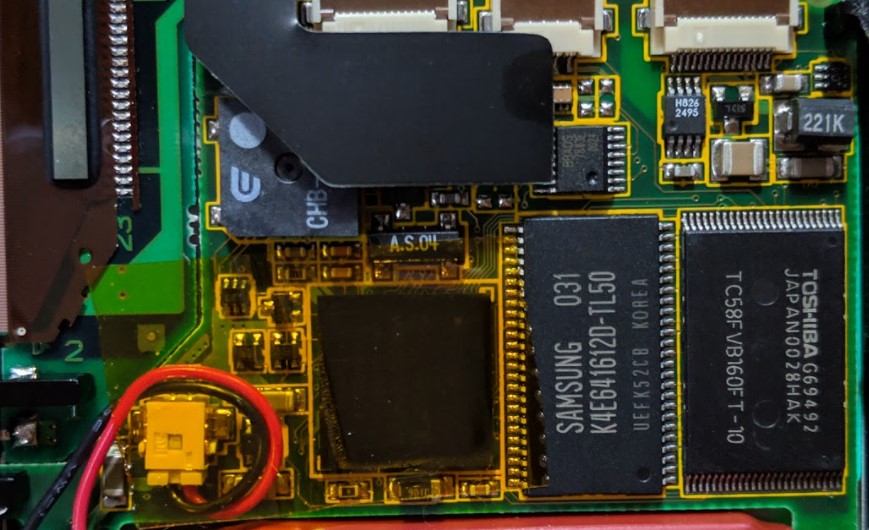My name is John Miskinis, and I reside in Massachusetts within the USA.
I have been heavily interested in computers, both software and hardware, since (Approx.) 1974, at which time I began my research for an 8th grade English class term paper, entitled "Computers".
My (late) father Joseph Miskinis had noticed my interests science and technology very early in my life, and had formerly been in the US Navy and worked for New England Power, first as a lineman, then migrated into a "safer" role, managing stock for the company, which at the time was located in Westboro, Massachusetts, in a very attractive facility on Route 9, only minutes (by car) from where our home was located.
I was employed as a Principal Software at EMC Corporation in the 1990s, when I noticed an advertisement for "The Pilot", in a computer magazine. There was very little information available at that time, but I was intrigued by the concept of a pocket computer, and handheld computing in general, in comparison to the somewhat bulky laptops of that era, including the Atari Stacy laptop, which I had considered acquiring after many years of using a similar desktop Atari Computer, known as the Atari 1040ST. I had previously worked in a similar role for Digital Equipment Corporation, informally known as DEC, at which time I had purchased a used Atari 1040ST from another employee, and was amazed at the technical capabilities of the home computers of the day, and the Atari 1040ST, although only offering 1 MB of RAM, had nearly the same computational "power" of a Digital Equipment Corporation VAX 11/780 mainframe computer, which we sold for several hundred thousand dollars.
I held off in acquiring a Pilot, but when the Palm Pilot was released, I was probably one of the first customers, and purchased one for $299 at large chain store of the time, known as "Circuit City". The unit featured a backlight, which was a major selling point, and for $100 more the "high end" Palm Pilot Pro, which featured 1 MB of RAM as opposed to 512 KB of RAM, but was otherwise identical in all other regards. The Email application required 1024 MB of RAM, and could was not available on the lower end "Pilot.
The night that I brought it home, I noticed an intermittent hardware issue with the screen contrast wheel located on the side of the unit, which caused the screen to flicker when the contrast was changed. I decided that I would exchange it the next day, and on the drive to the store, I decided to spend the extra $100 for the "Palm Pilot Pro", and I "never looked back".
Since that time, I have developed a myriad of software, for "both handheld computing devices" from countless, and vastly varying manufacturers, as well as some of the largest computer systems known to man.
I began to specialize in Computer Graphics, and at one point I developed a complete "desktop" windowing system, and a multi-tasking operating system and user interface development facility, that resembled "The X Window System", also known as "X11", which ran in a UNIX environment at that time, and was in some ways "based" on the work of Digital Equipment Corporation along with MIT and other vendors, and "The X Consortium".
I had originally developed a very similar user environment for the Atari platform, and I used some of the source code modules as a basis, for porting the system, and developing what what was needed to make the system operate on the Palm handhelds, after I purchased a color model known as the Palm IIIc, which originally sold for (Approx.) $450 when it was released. I had initially supported the monochrome units as well, utilizing a 4-grayscale color scheme, but I dropped support for the earlier non-color Palm handhelds.
I operated a user forum on a web site hosted in Austria for a few years, circa 2002-2004, and offered several free prototype versions for evaluation, to a somewhat small community and user-base. In 2004, I put all development on hold, after accepting a Graphics Performance Engineer position at SavaJe Corporation, which was chartered to develop what would in the future become known as "Android", which was originally slated to be based on a proprietary native JAVA OS environment, which also served as the operating system, and funded by LG located in South Korea.
A few years ago, I acquired a Palm Tungsten T3, which offers 16-bit color display and high-resolution, versus the 8-bit color display, and 160x160 pixel screen of the Palm IIIc, with the intention of potentially adding support for the better graphics hardware. I was amazed that my original software system ran perfectly on the Tungsten T3, although in the 160x160 emulation mode as expected.
The name of the system is MISKINIX, and there is currently one Palm-related web site that offers one of my prototypes (Version 6) that is available as a free download. I plan to make the software and relevant information available on this platform, over the summer, and possibly develop the software enhancements required to support the higher end PalmOS-based color handhelds.
Posts by this Member
| Title | Date | Category |
|---|---|---|
| MISKINIX | 20 June 2023 | System - Launchers/Skins |











